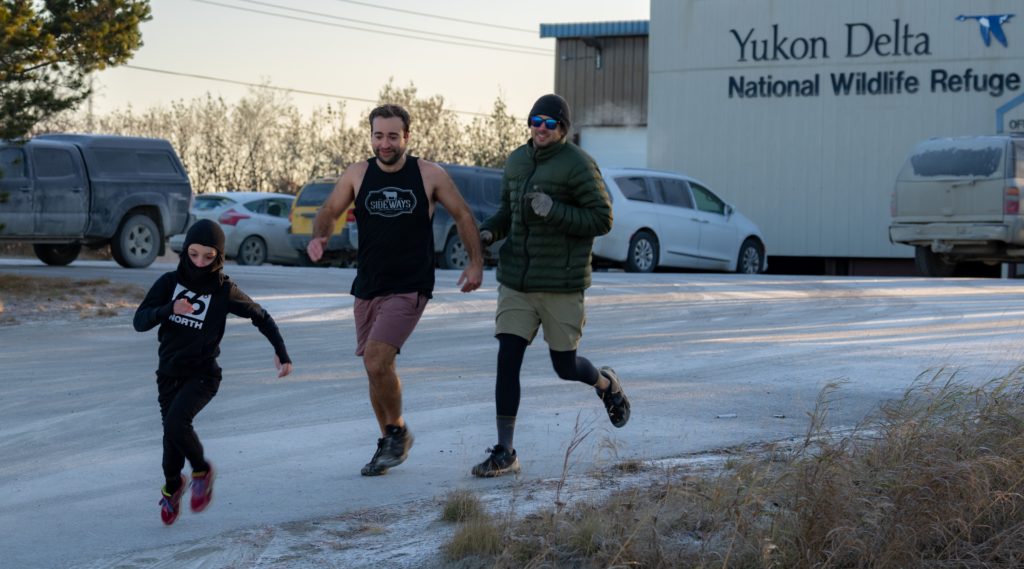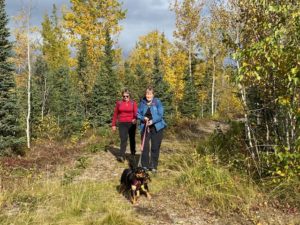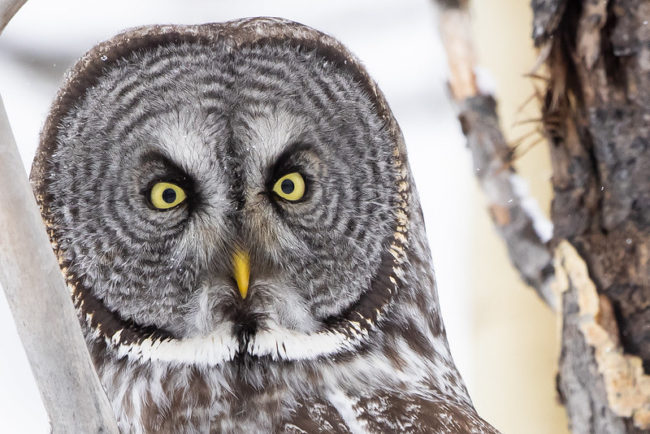Presented by Heather Wilson, Fish and Wildlife Service Pilot/Biologist
This event was recorded live on November 19, 2024 in Anchorage, with other participants at watch parties and on Zoom.
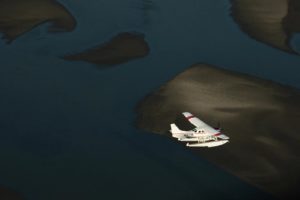
“I think of the Cessna 206 as a Swiss army knife. It can do so many things well…and that makes it a very useful plane for aerial survey work” Heather Wilson as quoted in Vogue magazine. Heather flying the Fish and Wildlife Service’s Cessna 206 over the Yukon Delta National Wildlife Refuge. PC Erinn Springer, Vogue.
Heather Wilson has said that if she could have one animal adaptation it would be flight! She’s been featured in Vogue, Outside, and Smithsonian magazines and now she will be here with us on the 19th to share her unique dual-function position of both pilot and wildlife biologist for the U.S. Fish and Wildlife Service’s Division of Migratory Bird Management. Learn how aerial bird surveys are conducted, the logistics of flying and surveying in some of the most remote parts of Alaska, and the research and management implications of the survey data she collects. Heather’s work takes her to ALL of Alaska’s National Wildlife Refuges and her surveys determine hunting regulations and management actions for an array of common and threatened species.
Heather is currently the project lead/pilot-observer for:
- Population surveys for winter and fall brant at Izembek & Maritime National Wildlife Refuges
- Breeding pair surveys across the Yukon-Kuskokwim Delta Coastal Zone, Arctic Coastal Plain, Copper River Delta, Kenai and Kanuti National Wildlife Refuges
- Molting goose surveys and captures in the Teshekpuk Lake Special Use Area and Innoko Refuge.
She touched on these, as well as other waterbird surveys and field work past and present across the state.
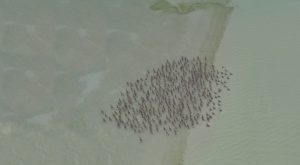
Counting Cackling Canada Geese by eye on the Yukon Delta National Wildlife Refuge flying only 125 feet AGL (above ground level). PC Tim Bowman/USFWS
Biography
Heather Wilson’s interest in conservation (and aviation) developed from growing up and working in the mountains, rivers, and forests of northern California. She holds a Ph.D. in Biological Sciences from the University of Alaska, Fairbanks and a B.A. in Biology from the University of California, Santa Cruz. After several years of working as a field biologist in North, Central, and South America (focused on neo-tropical migratory birds and bats), Heather moved to Alaska in 2001. Within a year, she became a private airplane pilot, adding commercial, instrument, and float ratings in 2008.
Heather has said what she likes most about her work is the autonomy and challenge of aerial surveys in Alaska and getting to blend biology and piloting. She also enjoys visiting the vast lands that Fish and Wildlife Service manages across Alaska, seeing all the animals from above (100 ft), and working with a great group of people, “biologists and pilots are salt of the earth”. Although Heather is Anchorage based, she flies bird surveys throughout the state on National Wildlife Refuges, and beyond. Most of her aerial surveys serve as the primary population indices for setting hunting regulations through the Pacific Flyway and Alaska Migratory Bird Co-Management Council, as well as assisting in conservation of Threatened species. When not in the work plane, Heather is busy compiling data and preparing for more surveys. 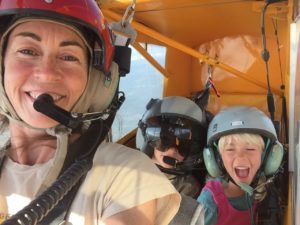
In her off time Heather enjoys hiking, skiing, hunting/fishing, playing music with her family and flying in the family’s Piper Super Cub. Heather Wilson with her children in the Super Cub.
See some great footage of bird flocks and learn more about her work as a Wildlife Biologist/Airplane Pilot in these short videos.
Mission Unstoppable TV show – How Biologists Count Birds: Biologist/Pilot Heather Wilson
LifeOnTERRA film – Chasing Birds in Beringia

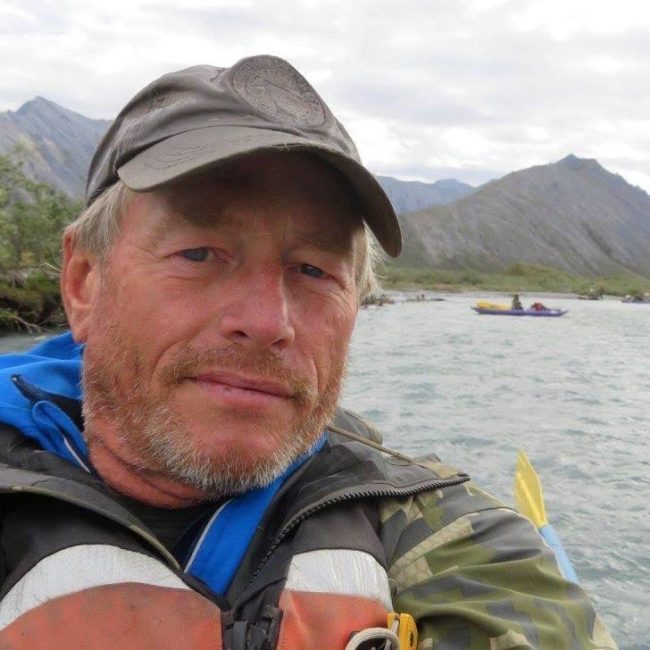
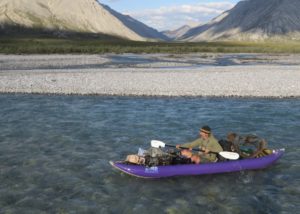


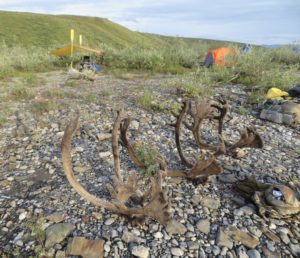
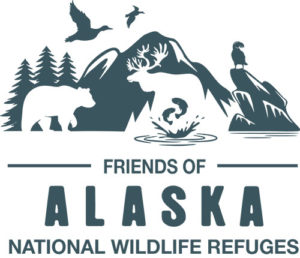
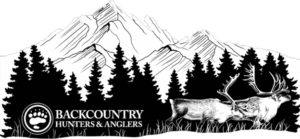
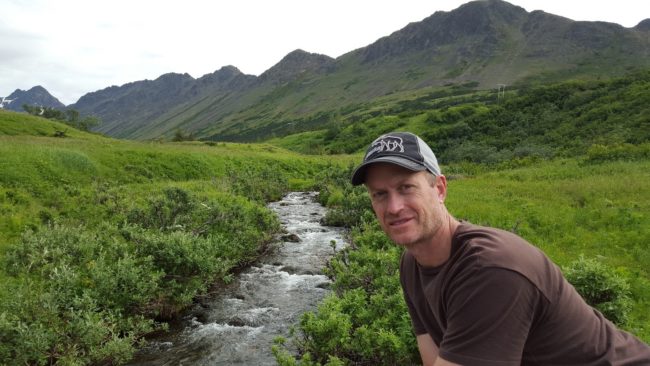

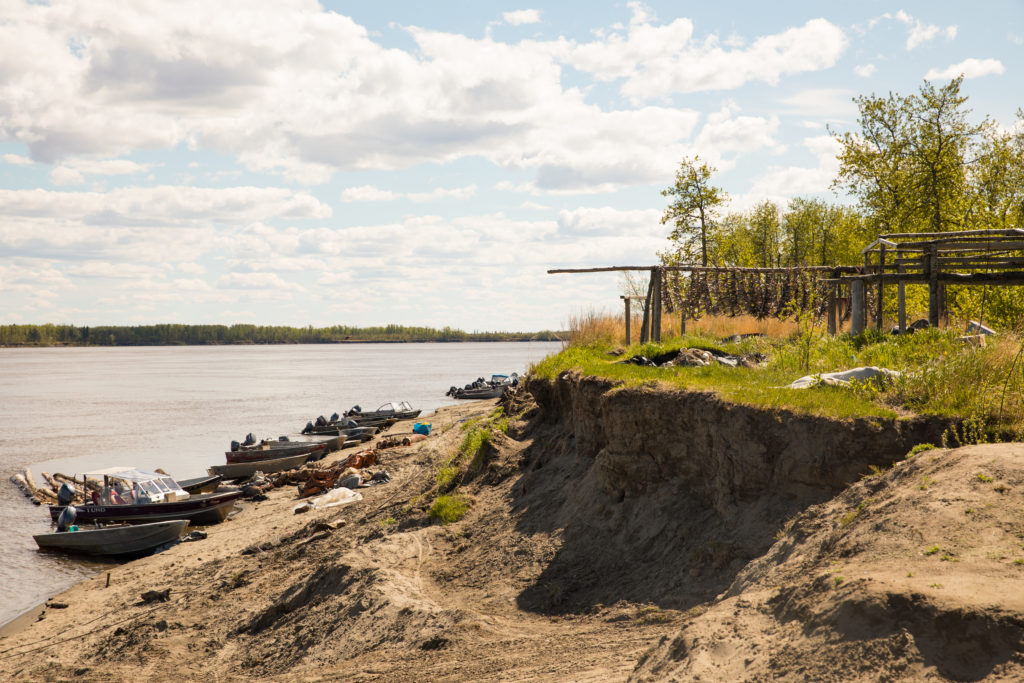
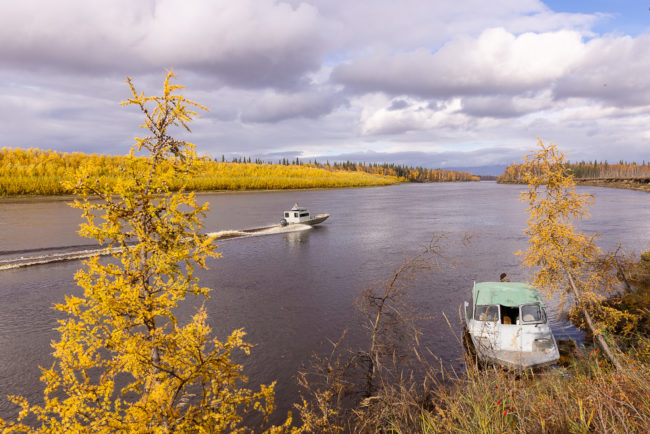


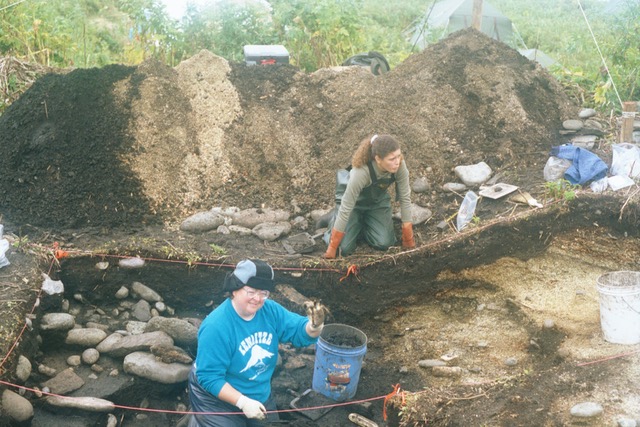
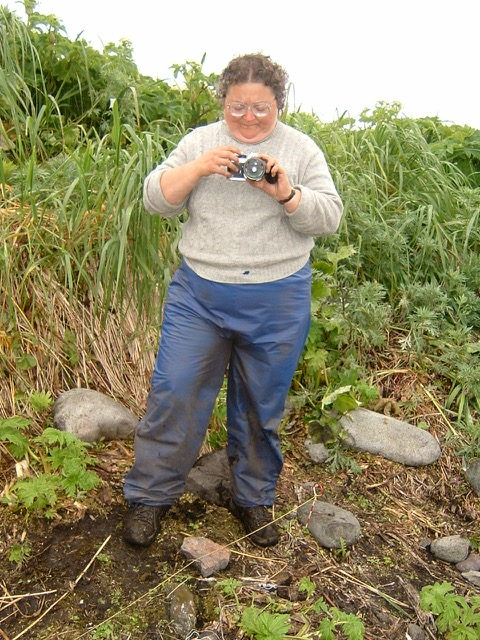
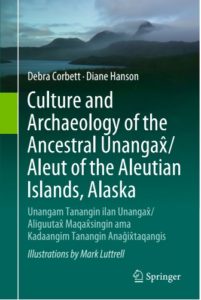
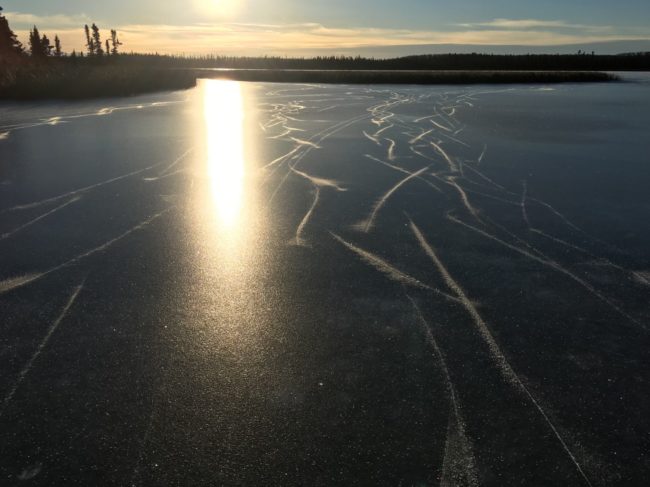
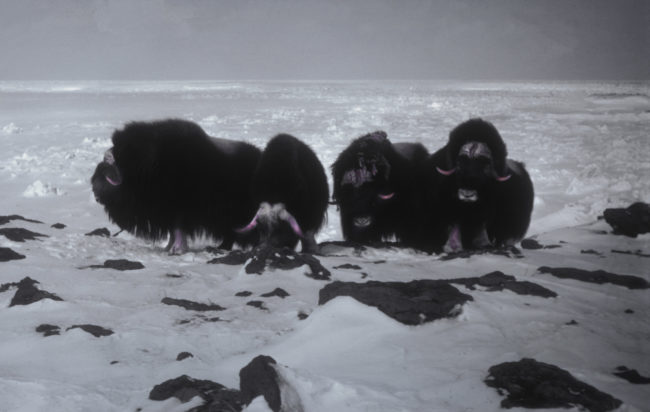
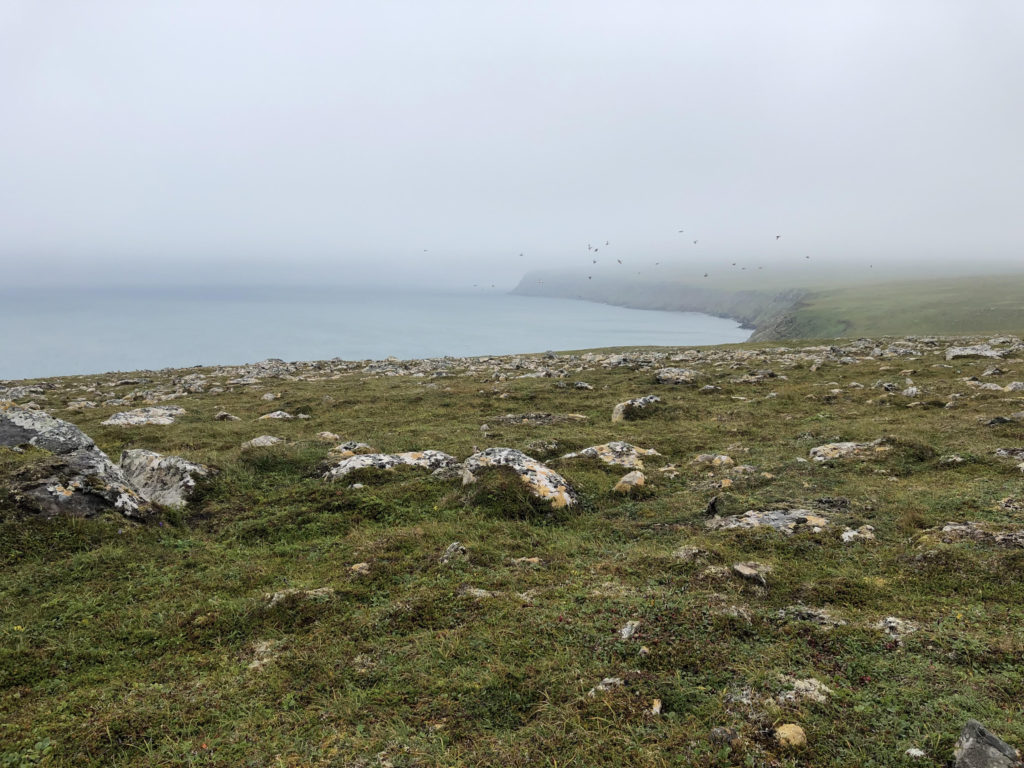
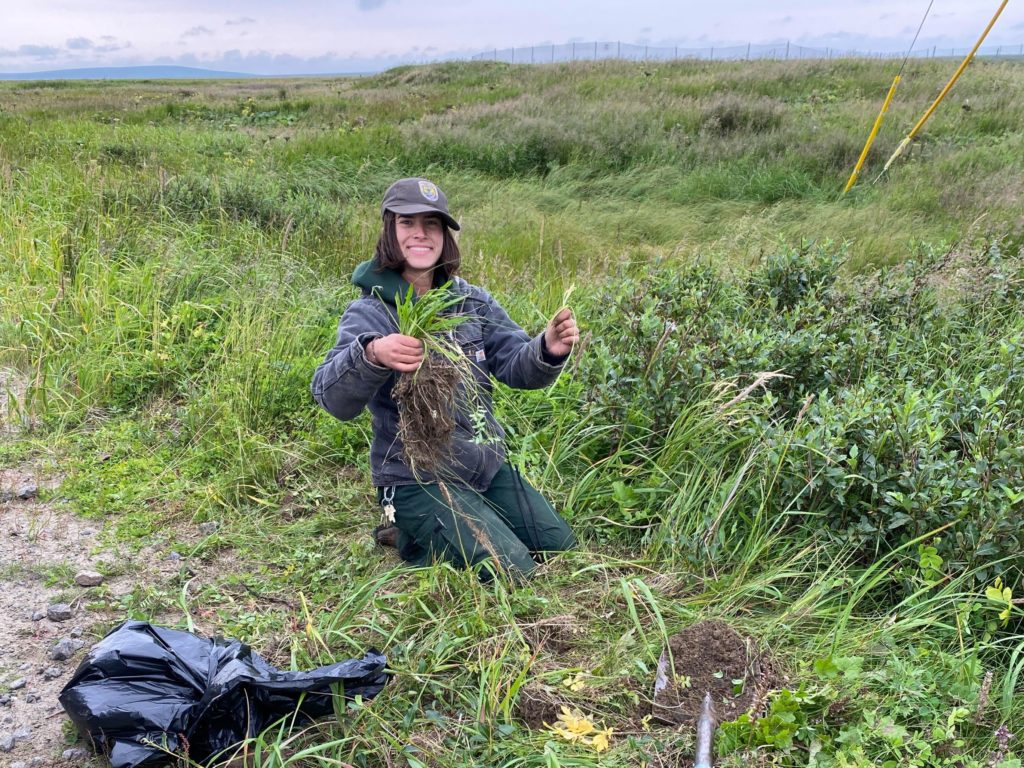
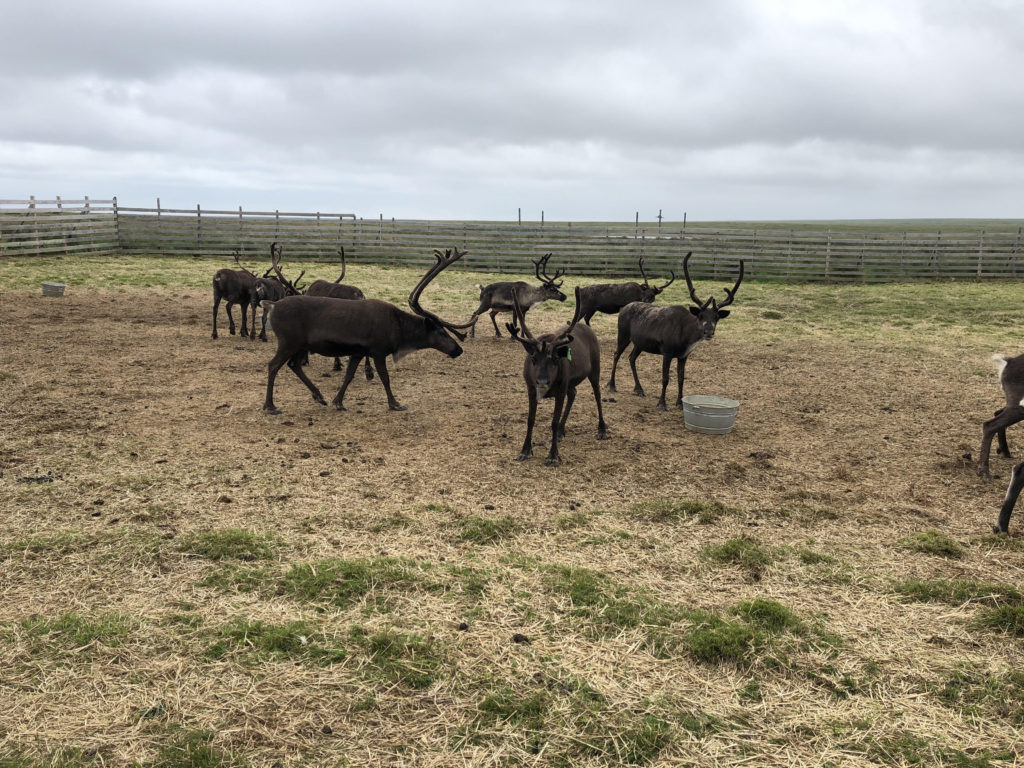
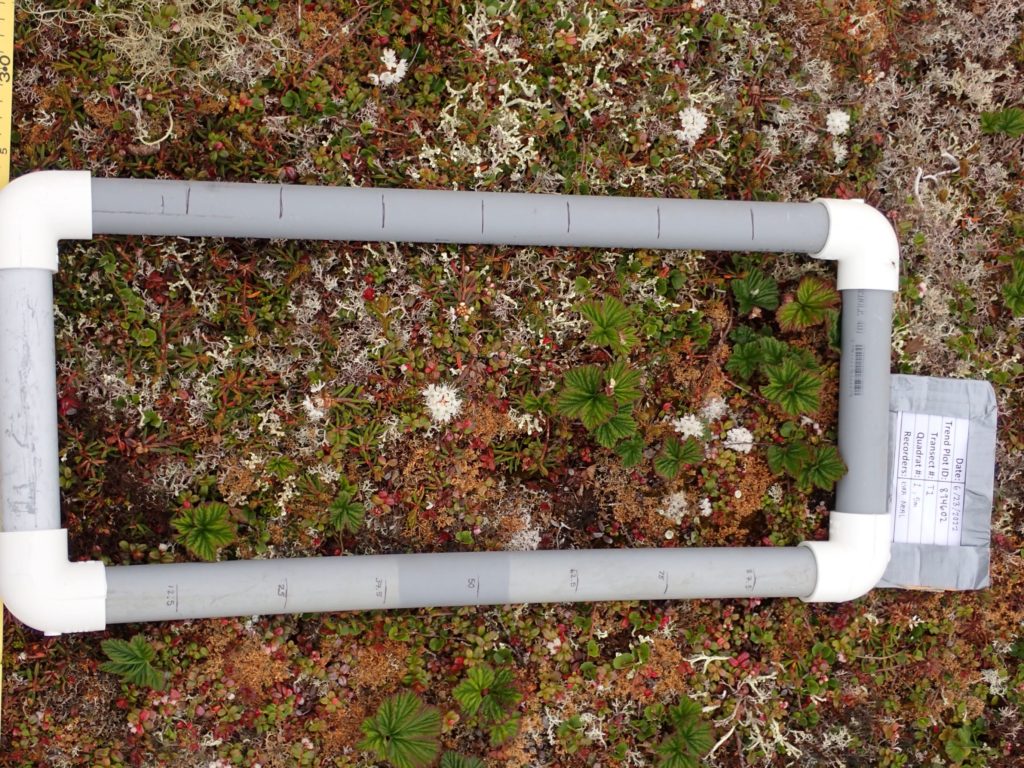
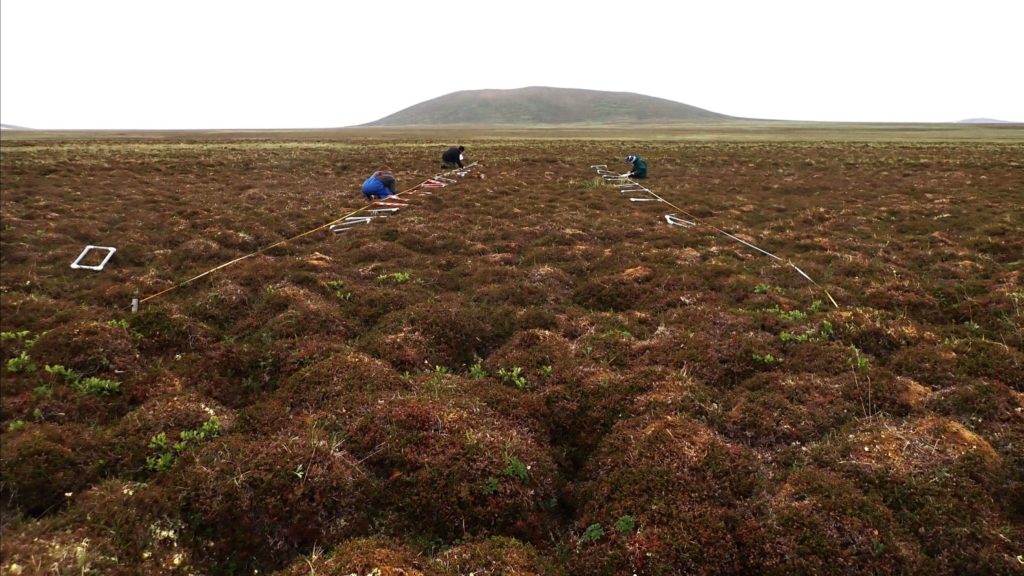

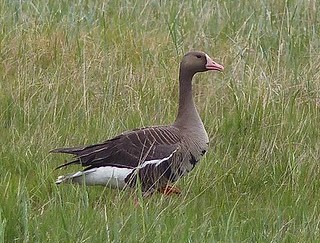 Greater White-fronted Goose, Kigigak Island, Yukon Delta National Wildlife Refuge pc: Kristine Sowl, USFWS
Greater White-fronted Goose, Kigigak Island, Yukon Delta National Wildlife Refuge pc: Kristine Sowl, USFWS

